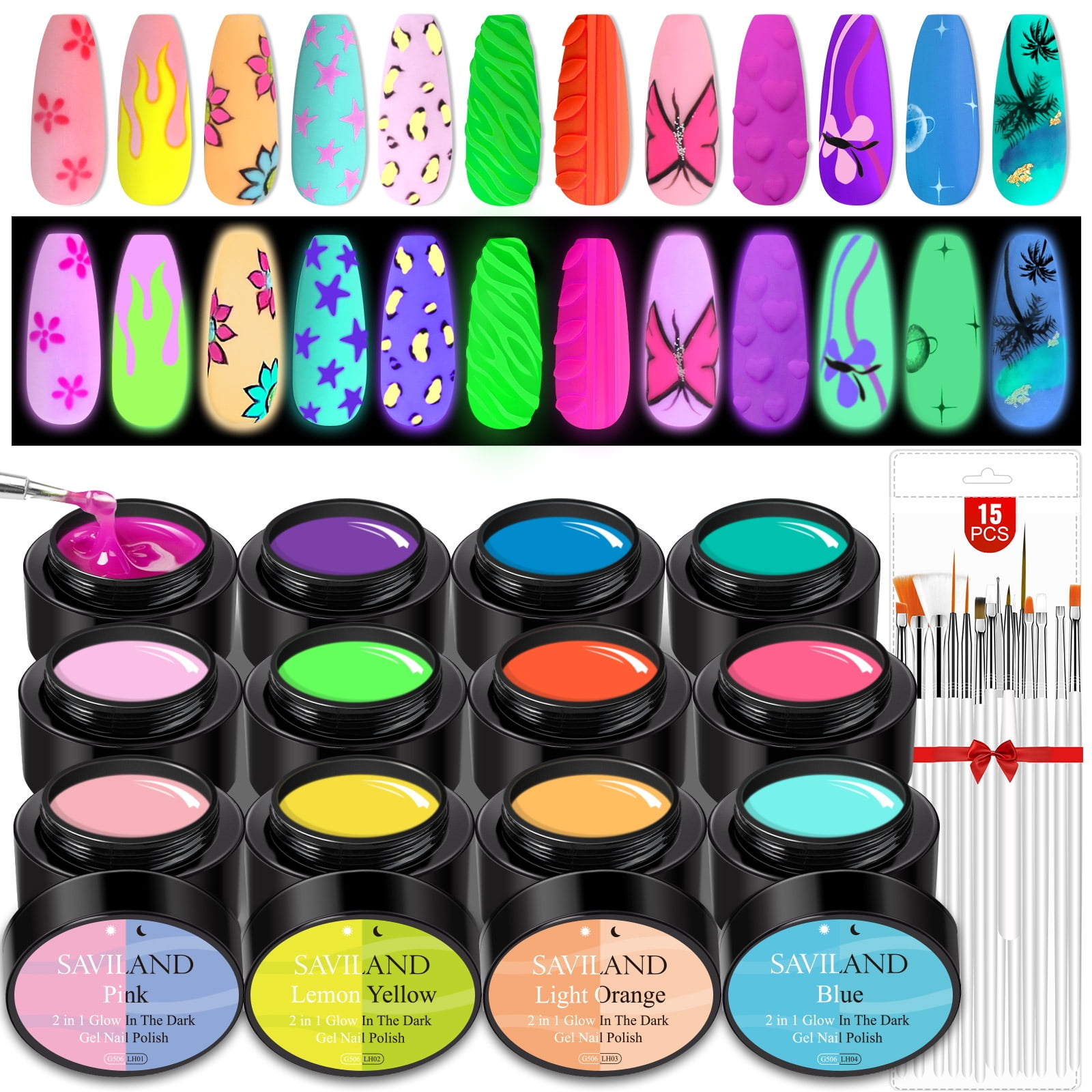
I've never ferrotyped fiber prints before, but since I have the sheets and test prints to experiment with, I want to try it out. YMMV.I picked up an old Spiratone print dryer, which came with a couple of ferrotyping sheets. As with many things in B&W photography, there is no absolute answer. It is not worth it to me to have water spots on my negatives just to save a few fractions of a cent on photo-flo. I don't think it was called mold above literally, just as an appearance of grossness. I do have very hard water, so as said above, that may be why i'm seeing the scummies after a few days. I'm happy to dump and make a new batch as so little concentrate is used that it is affordable. You can reuse a dilute solution of photoflo for a reasonable amount of time, but in my experience the "mold" or scum appears after a few days. However, when I'm in periods of developing rolls more freequently, I leave mixed Photoflo in an uncovered graduate and use it for several days in a row.Īt my last university darkroom, Photoflo was definitely not mixed fresh, nor was it tightly sealed in a bottle, although I think its container was covered. I already have too many chemical bottles and not enough space, don't know if I can find space for another one. Lately my developing is more spread out and mixed with C41 developing, so I'm not longer keeping mixed Photoflo around. I've never experienced any mold in the photoflow containers.

I can't comment on the ability of either of those molecules to kill mold. Most alcohols you're used to (ethanol, etc.) won't give you any surfactant action. The liking end typically has OH groups on it, so depending on the nomenclature, can be considered alcohols.

Surfactants are longish molecules that have one end that likes water and one end that hates it. I am ebarrased to say, that I took that one for granted, and verified only that it indeed had alcohol in it. ) So if I get you right, the alcohol acts entirely as a surfacant, and not as a mold killer/sterilant? I mixed up a half gallon of working solution and ya can't even tell I used any from the bottle. Whether or not you can reuse it, it's goes so far at the recommended ratio. The surfactant action simply breaks the surface tension of the water on the film so that it wets evenly to avoid drying spots. There is no chemical reaction taking place when you use PhotoFlo. It is also important to toss the used solution - do NOT re-use PhotoFlo. That is what makes surfactants do their tricks. The trick is that second molecule has one end that looks like water (the alcohol end) and the other end looks like oil. And alcohols are just things that have pendant OH groups.

I always mix according to Kodak's directions. The tap water here has very high mineral content. I think it depends very much on the hardness of the water you use. It's two main properties are "Propylene glycol", and "p-tert-octylphenoxy polyethoxyethyl alcohol". Works great - just shake the film before hanging it up, do not squeegee or touch it, and never get water streaks or scratches. I have stored a gallon a good 8 months and have never had mold. Put the reel in for about 15 seconds and move it around, and discard the solution used. I use it at half the recommended concentration in distilled water (I add 2 tsp. It lasts forever, so there's really no need to mix up more than that. Whatever you use, it shouldn't be necessary to add more than a few drops per litre. I find that dish washing liquid is just as good and that is what I have used for many years. It is dish washing liquid without the cosmetic additives. I don't think that there is any alcohol in Photo Flo.

The alcohol in it is meant to inhibit mold growth.Īs for mixing up? I'll reuse a 1L mixup of stock for about 20 - 30 films before mixing up another liter. Suds are bad.Ĭan't imagine mold growing on a properly stored solution. I just add a drop or two to the final rinse. I prefer not to add photo flo to my developing tank - after washing I take the film off the reel and soak it in a beaker with dilute photo flo, then hang I know from experience that a stock solution of Photo Flo will grow a mold after a short while. Swish around a little, and then hang to dry. I just use an eyedropper to add the tiniest amount right into the tank after my final rinse. You could certainly mix up a bunch of rinse agent in advance if you develop that much. I figure it'd be easier to just mix up a gallon of stock solution, but will it last that long or should I do it this way?ġ:200 sounds about right. In my B&W College class they tell us to just add a drop in the canister and shake it up for a few seconds.


 0 kommentar(er)
0 kommentar(er)
